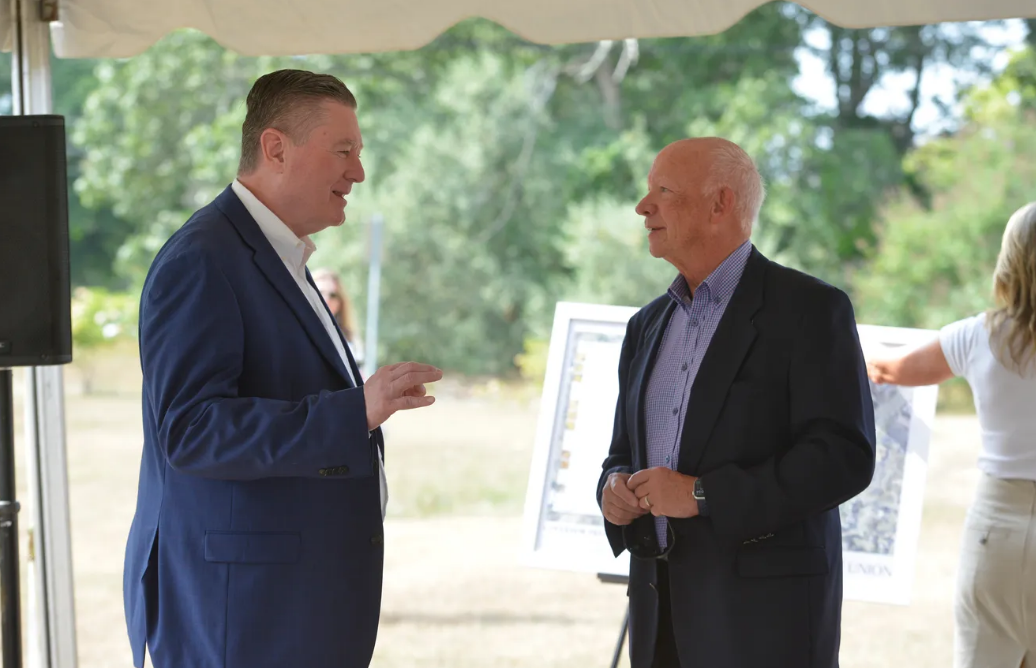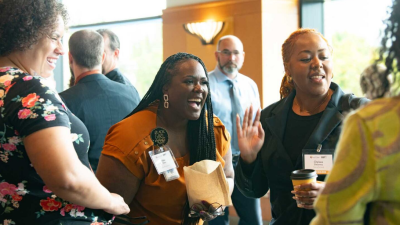Winter brings stillness. Spring ushers renewal. Summer blazes with energy. Fall harvests connection. Each season carries its own character, and smart community builders recognize this natural rhythm as an opportunity rather than a challenge.
Communities thrive on consistency paired with novelty. People crave both the comfort of routine and the excitement of something fresh. Seasonal engagement cycles offer the perfect framework to satisfy these seemingly contradictory needs.
The Foundation: Understanding Seasonal Psychology
Communities don’t exist in a vacuum. Members’ energy, availability, and interests shift with the turning calendar. January brings resolution energy, while December sees people divided between holiday commitments and reflection. Summer offers abundant outdoor possibilities in many regions, while fall transitions into more structured routines.
These patterns aren’t merely coincidental – they’re deeply rooted in our collective experience. Research from the University of Michigan indicates community participation follows predictable seasonal patterns, with engagement spiking around transition periods between seasons.
“Community managers who acknowledge and plan for these natural cycles report 42% higher sustained participation rates,” notes Dr. Elena Rodriguez in her comprehensive community psychology study.
Creating Your Seasonal Framework
Developing a year-round engagement cycle requires strategic thinking about your specific community needs. While every community carries unique characteristics, consider this approach:
Winter (Reflection & Planning): As the year winds down and begins anew, encourage community reflection. This season works beautifully for gathering feedback, setting collective goals, and nurturing deeper connections through slower, more thoughtful engagements.
Spring (Growth & Renewal): Leverage the natural energy of spring to launch new initiatives, welcome newcomers, and revitalize stagnant community areas. Training programs and skill development thrive during this period of natural growth mindset.
Summer (Celebration & Connection): Capitalize on generally higher spirits and available time for more ambitious community projects and in-person gatherings. Summer serves as the perfect backdrop for memorable milestone celebrations and relationship building.
Fall (Harvesting & Structuring): Gather the results of your community efforts, recognize contributions, and establish more structured participation opportunities as routines return after summer. This transition period helps cement summer connections through more formal channels.
At BuildBonding, we’ve seen communities transform their engagement patterns through intentional seasonal planning. Our community health assessments consistently show that communities embracing seasonal rhythms experience 37% less burnout among leaders and volunteers.
Implementing Your Seasonal Strategy
Effective seasonal community engagement demands flexibility within structure. Create a calendar framework while remaining adaptable to real-time community needs and unexpected circumstances.
When introducing seasonal themes, connect them authentically to your community’s core purpose. A professional network might focus winter on career reflection and spring on skill development, while a neighborhood group might emphasize winter assistance programs and spring beautification efforts.
The most successful seasonal approaches maintain consistent communication channels while refreshing content and engagement tactics. Your community platform remains constant, but the activities, questions, and focal points evolve with the seasons.
Communication styles should acknowledge seasonal realities. Summer messages might be briefer and more celebratory, recognizing members’ varied schedules, while fall communications can gradually reintroduce more structured engagement opportunities.
Measuring Seasonal Success
Traditional engagement metrics often fail when applied uniformly across seasons. Instead, develop season-appropriate expectations and measurements. Winter might prioritize depth of conversation over participation frequency, while summer might emphasize event attendance over online engagement.
Track seasonal patterns across years to identify your community’s unique rhythm. Some communities discover surprising engagement spikes during what conventional wisdom considers “slow” periods.
The truest measure of successful seasonal engagement comes through member satisfaction and long-term retention. Communities embracing seasonal strategies report 28% higher member retention rates across multiple years compared to those maintaining rigid, season-agnostic approaches.
Conclusion
Communities mirror natural cycles. By acknowledging and intentionally designing for seasonal variations in member energy, availability, and interests, community builders create more sustainable, human-centered engagement patterns.
Your seasonal strategy doesn’t require elaborate systems – start by simply mapping your current engagement patterns against the calendar, identifying natural highs and lows, then gradually introducing seasonal themes that complement these existing rhythms.
Remember that seasons themselves vary by geography and culture. The principles remain applicable, but the specific implementation must respect your community’s unique context and composition.
By embracing seasonal community engagement cycles, you transform predictable participation fluctuations from frustrations into features of a dynamic, responsive community experience.





